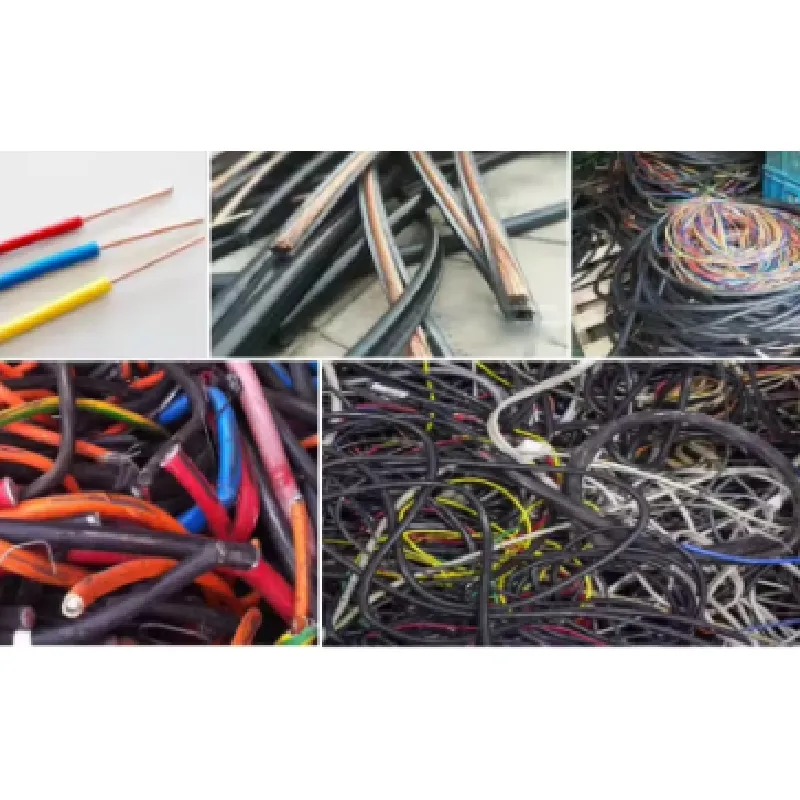Recycling printed circuit boards (PCBs) is a critical yet complex process that benefits both the environment and those in the electronic waste management industry. PCBs are found in virtually all electronic devices, making their efficient recycling crucial for reducing electronic waste and recovering valuable metals.

The initial step in recycling PCBs involves the collection and categorization of electronic waste. Companies often work with organizations and governmental bodies to efficiently gather discarded electronics. Well-organized collection systems not only streamline the recycling process but also increase the volume of materials available for recovery.
Once collected, e-waste is transported to recycling facilities where it undergoes manual sorting. Skilled workers separate PCBs from other components, a task requiring precision to prevent damage and safety hazards due to hazardous substances like lead and mercury found in older boards. Such manual intervention ensures that only recyclable PCBs proceed to the next stage.

In specialized facilities, PCBs are subjected to a pre-processing phase known as depollution. This involves mechanically stripping hazardous components and removing batteries and capacitors, crucial for ensuring safe recycling. Machinery and advanced technologies are employed for this part, demonstrating a blend of expertise and advanced engineering.
The boards then proceed to the mechanical recycling phase. Crushing and shredding machines reduce PCBs to smaller pieces, a process crucial for the subsequent extraction of materials. This high-precision operation demands expertise with specialized equipment to optimize the recovery of valuable metals like gold, silver, copper, and palladium. The accuracy of this stage directly influences the economic viability of recycling operations.
how to recycle pcb boards
One newer but increasingly popular method in PCB recycling is pyrometallurgical processing. Utilizing high temperatures, it efficiently separates metals from other materials. While effective, this process requires strict environmental controls and adherence to regulations to minimize emissions and energy consumption.
An alternative to pyrometallurgy, hydrometallurgical processes employ chemical solvents to dissolve and extract metals. This method is praised for its effectiveness in recovering metals with minimal energy use and for being environmentally friendlier. However, it demands high expertise in chemical handling and precise operational conditions to ensure safety and efficiency.
Trustworthiness in PCB recycling is further enhanced through industry partnerships and certifications. Certifications such as R2 (Responsible Recycling) and e-Stewards demonstrate adherence to global environmental standards, ensuring that recycling practices are both ethically and environmentally responsible.
Finally, advances in bioleaching—involving bacteria to extract metals from ores—present promising future prospects. Although still in developmental stages, this method is seen as an eco-friendly alternative poised to revolutionize PCB recycling, showcasing the industry's commitment to sustainable practices and innovation.
Professionals working in PCB recycling continue to share knowledge and refine techniques, ensuring operations reflect the latest scientific and technological advancements. Commitment to continuous improvement and safety underscores the importance of experience, expertise, authority, and trustworthiness in the recycling process, securing its critical role in sustainable electronic waste management.


